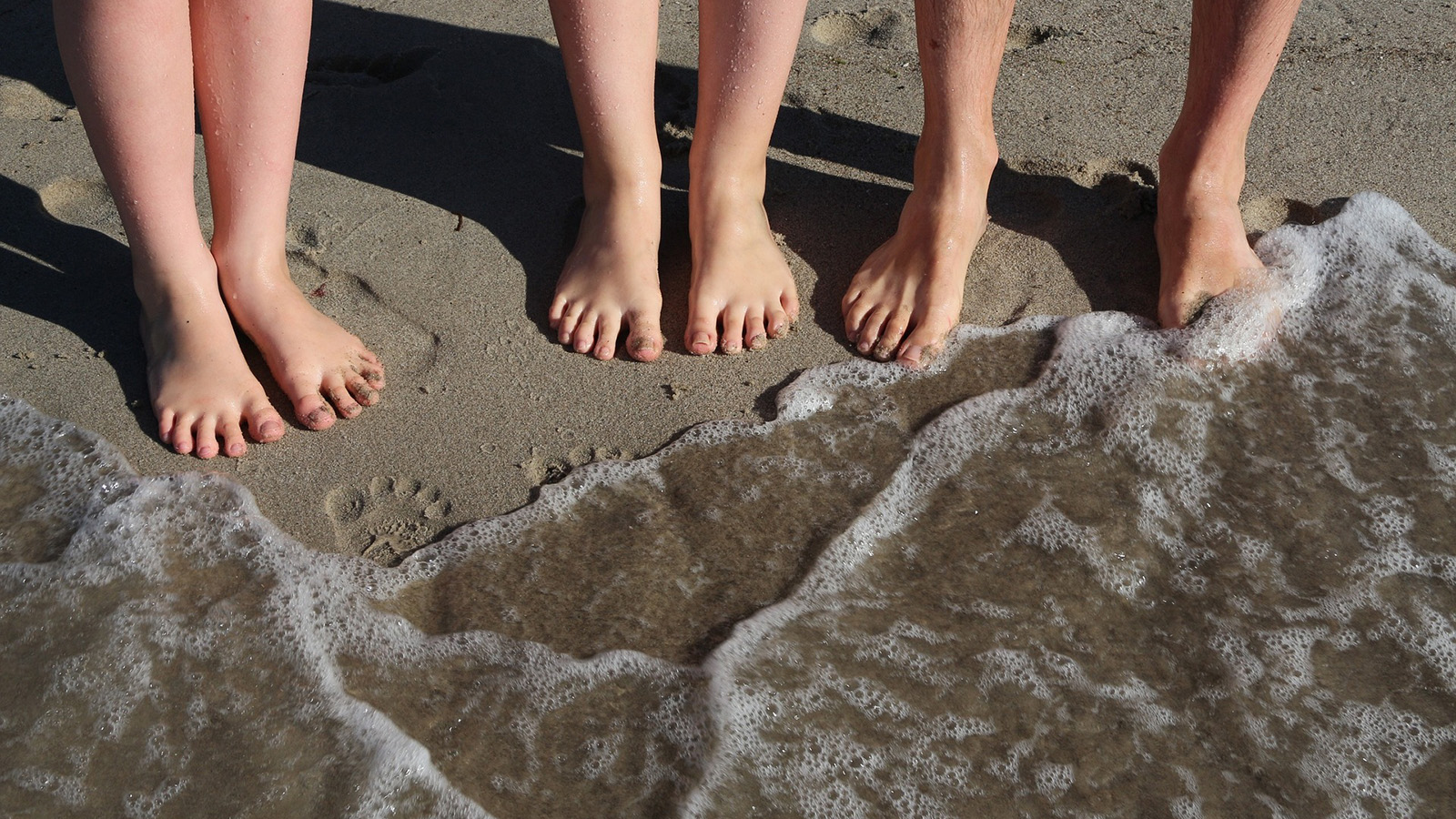
Tell the Governor: Make our beaches safe for swimming
As summer kicks into high gear and more families are hitting lakes and beaches around the country, the last thing on their minds is potential dangers lurking in the water.
Take Action
Executive Director, Washington Legislative Office, Environment America; Vice President and D.C. Director, The Public Interest Network
State Director, Maryland PIRG; Director, Stop Toxic PFAS Campaign, PIRG
By Shannon Halinski
As summer kicks into high gear and more families are hitting lakes and beaches around the country, the last thing on their minds is potential dangers lurking in the water.
Since PFAS pollution is invisible, you wouldn’t know that the dangerous chemical is in your favorite swimming hole until it’s too late. PFAS has been discovered in numerous locations around the country; there are now 2,858 individual sites or water systems in the US where PFAS has been detected. Additionally, in a 2022 study, researchers found PFAS in 83% of waterways sampled.
PFAS has been linked to a variety of cancers and other negative effects specifically for children, including reduced vaccine effectiveness and possible developmental delays. The substances have earned the moniker “forever chemicals” due to their tendency to stick around and not decay. It is now estimated that almost every American has some level of PFAS in their blood.
The main route of exposure to PFAS is from drinking water or eating food contaminated with the harmful chemicals. We don’t yet know if swimming in lakes contaminated with PFAS is dangerous, however, ingesting PFAS is unhealthy. Especially with young children who may accidentally swallow water, it’s better to avoid the potential risk.
This interactive map shows known and presumed PFAS pollution around the country.
This tool was developed by the PFAS Project lab, a group of faculty and students at Northeastern University.
The PFAS pollution around the country can be attributed to industrial manufacturing, a firefighting foam containing PFAS, and sites related to waste containing PFAS, including agricultural sites where PFAS-contaminated sludge was used. For decades, polluters have knowingly or unknowingly introduced PFAS into wastewater systems or even local waterways.
Enough is enough; we need to turn off the tap on toxics and stop the output of PFAS into our environment, and our kids.
Executive Director, Washington Legislative Office, Environment America; Vice President and D.C. Director, The Public Interest Network
Lisa directs strategy and staff for Environment America's federal campaigns. She also oversees The Public Interest Network's Washington, D.C., office and operations. She has won millions of dollars in investments in walking, biking and transit, and has helped develop strategic campaigns to protect America's oceans, forests and public lands from drilling, logging and road-building. Lisa is an Oregonian transplant in Washington, D.C., where she loves hiking, running, biking, and cooking for friends and family.
Emily directs strategy, organizational development, research, communications and legislative advocacy for Maryland PIRG. Emily has helped win small donor public financing in Baltimore City, Baltimore County, Howard County, Montgomery County, and Prince George's County. She has played a key role in establishing new state laws to to protect public health by restricting the use of antibiotics on Maryland farms, require testing for lead in school drinking water and restrict the use of toxic flame retardant and PFAS chemicals. Emily also serves on the Executive Committees of the Maryland Fair Elections Coalition and the Maryland Campaign to Keep Antibiotics Working. Emily lives in Baltimore City with her husband, kids, and dog.
